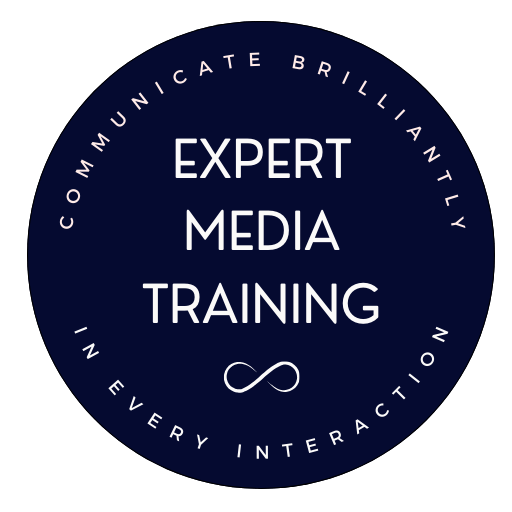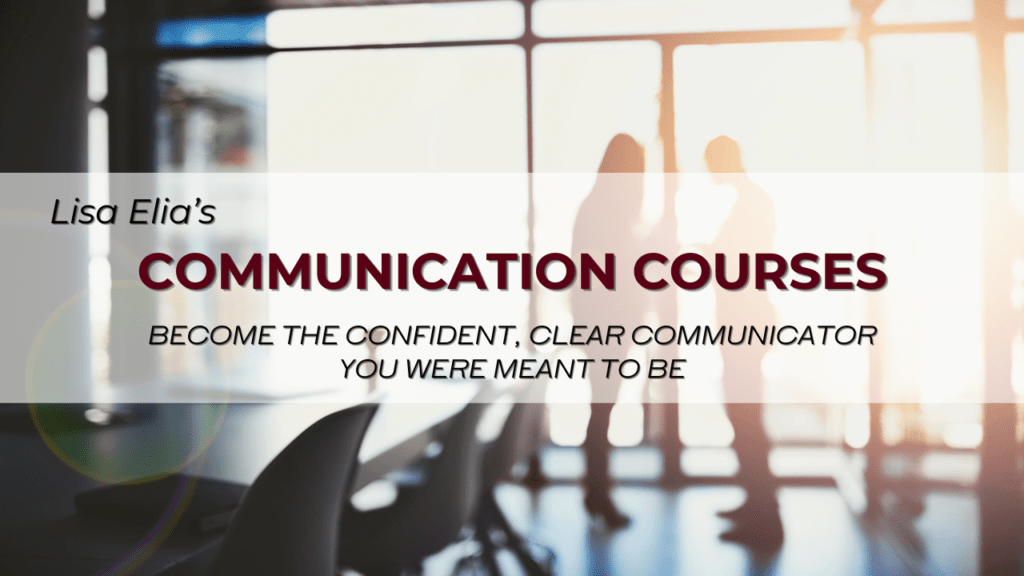With all the options we have for communicating today, choosing the right method is more important than ever. It’s easy to become overly reliant on one form of communication, but as Marshall McLuhan wrote, “The medium is the message.” People sometimes assume that the communication method you choose in any given situation is a reflection of what you think of them and the level of importance you assign to the message.
Have you ever received a negative response to an email that you intended to be neutral or positive? Or, have you sent a text thinking it would be quicker than a phone call or email, but what resulted was an hour of texting messages back and forth?
A colleague called me, distraught because a client had let her firm go after receiving an email that she’d sent. Apparently, this client was demanding more from her and her firm than they were contracted to receive, so she sent the client an email that clearly outlined the parameters of their services and set very strong boundaries. When she read the email to me, I could understand how, without the benefit of her kind voice, the email could have been construed as harsh and off-putting. This was a perfect example of how the wrong method of communication can destroy a relationship.
Here are some criteria to help you choose your communication methods wisely:
1. Level of sensitivity of information to be communicated
I listed this first because this is the most important criterion to consider. If what you have to communicate is a sensitive issue, could be misinterpreted in any way, or requires a high level of security, consider communicating by phone or in person.
Emails and texts can easily be misinterpreted without the nonverbal and aural cues you can provide in person or on the phone. Phone calls and in-person meetings also provide you with the benefit of being able to immediately respond to any questions or address potential misunderstandings. With emails and texts, you run a greater risk of the recipient overanalyzing or misinterpreting your communication or missing it completely.
For more neutral communication, emails and texts are sometimes best.
2. Relationship
What is your relationship with the person with whom you are communicating? Is this person a client, new business prospect, vendor, friend, or loved one? Your relationship greatly affects how your message will be received in relation to the communication method you choose. For example, most people would probably not want you to text them with a high-level new business offer, but your vendor would probably welcome a text alerting him or her that you’re running late for a meeting.
3. Communication method the recipient prefers
Some people prefer texts, some prefer emails, some prefer to talk on the phone, and some prefer to meet in person: the other party’s preferences could come into play when deciding how you would like to communicate. However, your business practices and life choices can also influence how you choose to communicate.
If you are communicating with your vendors or your staff, you will sometimes be the one to decide which communication method will be used, but it still would be good to consider the other criteria listed here.
In your personal life, you might choose to limit texts or emails. For example, when making plans with one or two friends, I will generally do it by phone because coordinating schedules is easier when we can look at our calendars and immediately book a date. Some people communicate with their friends primarily via text. It’s all a matter of personal choice (and, perhaps, generation).
4. Your preferred communication method
Do you shine during in-person meetings? If so, try to set up in-person meetings when important matters will be discussed. However, know that many people don’t want to spend the time to meet in person initially, so you may want to sharpen your phone and email-writing skills.
Are your texts tweet-worthy? Use your way with whittling down words and emojis to your advantage, with the people who will appreciate your texting skills.
Be flexible with your communication methods to avoid possible negative consequences. For example, I know a woman who likes to have sensitive conversations in person, but there have been times when her unwillingness to have such conversations by phone has created rifts in relationships because too much time lapsed before an in-person meeting could be arranged.
You can make it clear with your vendors and friends how you’d like for them to reach you. To catch up on life with friends, I prefer to have phone conversations if we can’t meet in person. Long emails feel like work, not pleasure, to me.
5. Amount of information to be shared
If you have a lot of information to be shared, consider putting it in writing, especially if it’s something people will need to refer to again in the future. If you are sending a very long, content-dense email, consider also attaching it as a downloadable document in case the recipient wants to keep it outside of their email system. If you have a quick update to share, consider a text or email.
6. Urgency
If what you are communicating is urgent, consider how you can reach the recipient most quickly in the way that he or she will receive your message. Reality check: most people don’t consider email urgent. Phone and text are generally the best ways to communicate urgent messages. If it’s extremely important and urgent, consider phone, text and email.
I remember receiving a call from an editor friend who was annoyed that she was waiting at a restaurant for one of our mutual friends. She later told me that she missed the email from the friend who was canceling plans at the last minute. This is an example of a situation where a phone call would have definitely been in order.
7. Efficiency of the communication process
When you need a short response and your matter is not urgent, email or text can be best. With very busy people who may not check emails and texts very often throughout the day, sometimes a quick phone call is most efficient.
If your communication is going to precipitate a lot of back-and-forth communication, consider which communication method will be most efficient. When coordinating schedules. If you’re not using an online scheduling system, texting can take longer than a quick phone call.
Take a moment to think through the entire process and organize your communication accordingly. For example, you may decide to email a document, follow up with a phone-call to alert your client to review and then set up a time to discuss it in detail.
Here’s a quick-reference list to keep on hand:
1. When delivering delicate information, pick up the phone or meet in person.
2. When you must convey a lot of detailed information, email may be best.
3. When sending directions, phone numbers, and similar information, you may want to text and/or email.
4. If your message is time-sensitive, consider using two forms of communication, such as an email and a phone call or text (depending on your recipient).
5. Snail mail is still good for a personal, handwritten note, like a thank you note.
6. If you have something extremely important to discuss, consider doing it in person. I’m amazed when I hear of people breaking up via text. So cold!
7. Zoom, Skype, and other video conferencing programs are great communication options. I even conduct some of my media training sessions with overseas clients via video conference.
8. As I’ve written in previous posts, don’t put anything in writing (email/text/social media) that you wouldn’t want to have plastered on the front page of the New York Times.
To download our free Media Interview Guide and other tools, click here.
To check out our online courses, click here.
For a complimentary consultation to discuss private training for yourself or your team, click here.

This post was written by Lisa Elia, a media trainer, presentation trainer, pitch coach, communication expert, and speaker. She trains clients around the world for media interviews, speeches, internal and external presentations, panels, investor presentations, and promotional videos, and provides executive and team communication coaching.
With more than 25 years of experience, Lisa has prepared clients for interviews with TODAY, GMA, The Wall Street Journal, CNN, ESPN, and hundreds of other outlets. Lisa has shared her expertise with national media outlets that include Inc., Entertainment Tonight, E!, and many others. Clients include entrepreneurs, Fortune 500 companies, and everything in between as well as athletes, celebrities, and other public figures.
Here are links to other articles and information that may interest you:
How to Avoid Using Jargon in Media Interviews and Communications
Learn about our Confident and Clear Communication Program (audios and exercises).



